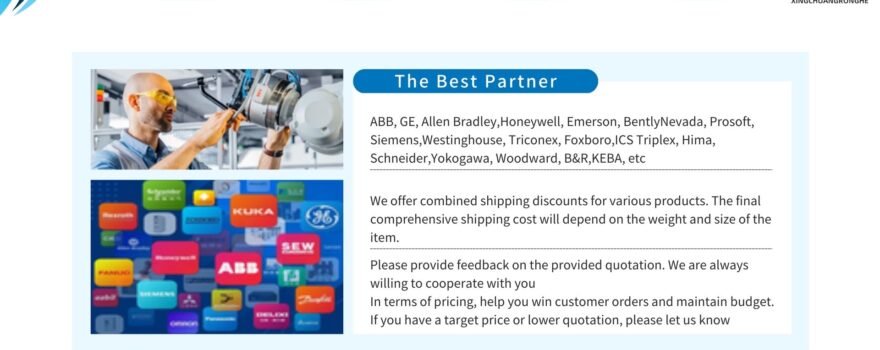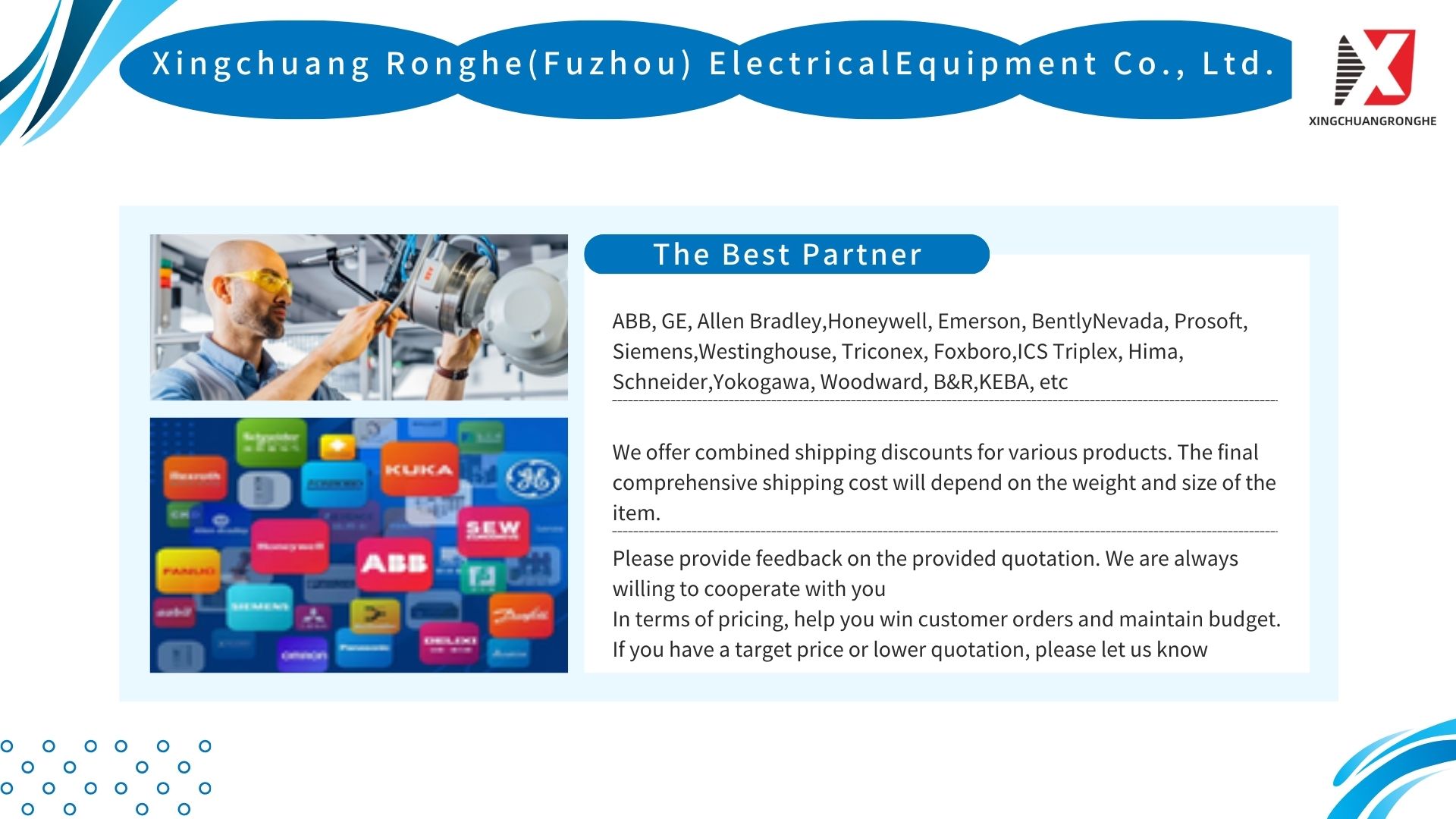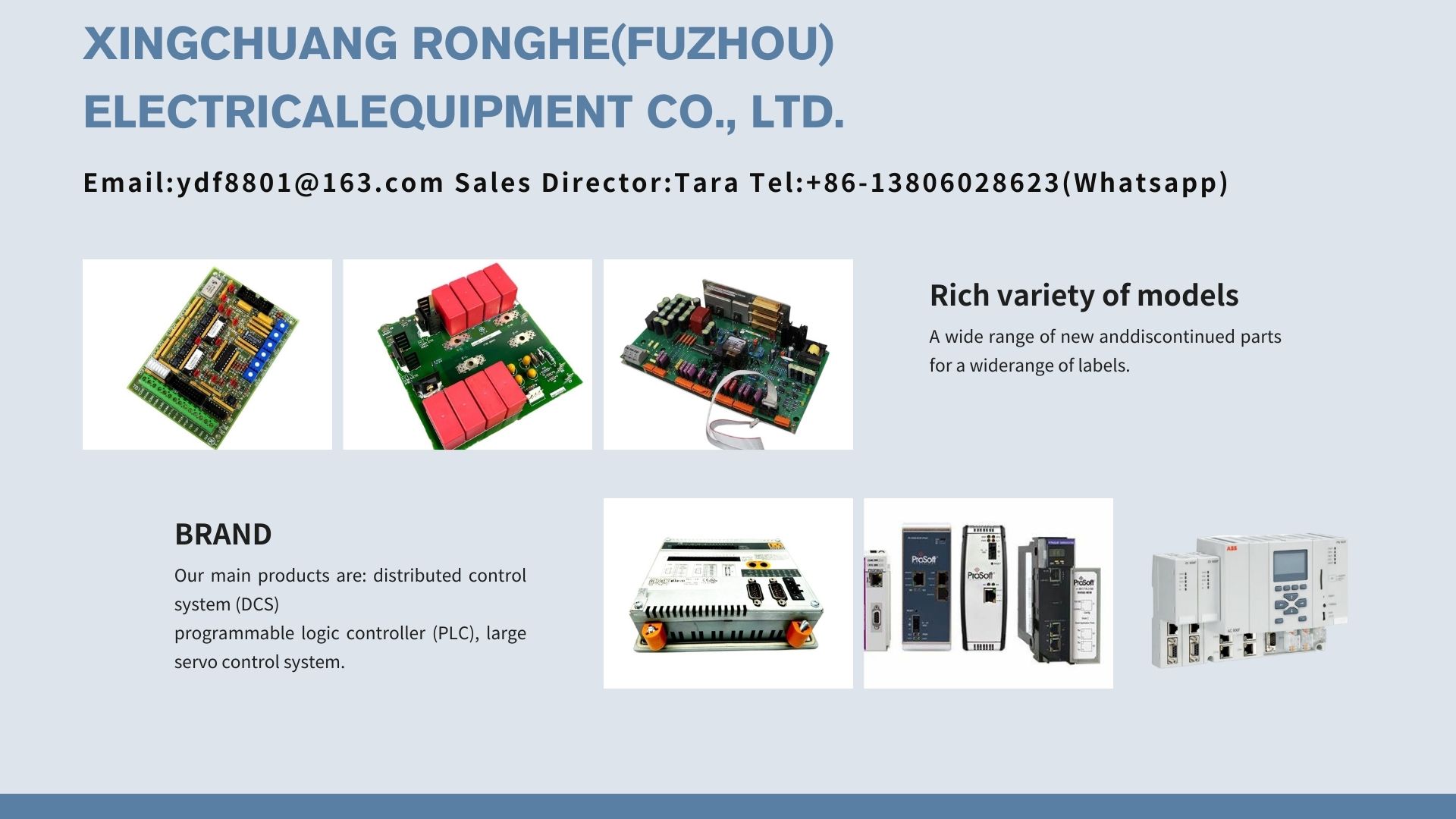
A Landmark Tunnel with Unique Power Challenges
Mawan Subsea Tunnel, Shenzhen’s first cross-sea tunnel, opened on January 21, 2025. Its two subsea shield tunnels have a maximum diameter of 15.5 meters—setting a new domestic record. The 1.1-kilometer underwater section also makes power supply far more difficult.
High chloride levels in subsea environments corrode metal equipment nonstop. Poor air flow inside the tunnel keeps it humid and stuffy. Water vapor condenses on equipment, triggering short circuits and faults.
Electricity is critical for the tunnel. It powers lighting and ventilation. More importantly, it is the “lifeline” for emergency rescue and fire systems. A power outage would plunge the tunnel into darkness. Stalled ventilation would trap harmful gases. Inoperable fire gear would raise safety risks sharply.
Thus, building a corrosion-resistant, uninterrupted power distribution system became a key project task.
ABB’s Tailored Solution: The Backbone of Reliable Power
Against this backdrop, ABB teamed up with Shenzhen Ost Electric Technology Co., Ltd. ABB used its deep electrical expertise to create a custom solution. The core is its SafePlus series ring main units (RMUs).
This is not an off-the-shelf product. It was optimized across multiple dimensions to fit the tunnel’s environment and power needs. It solves subsea power distribution issues in both design and performance.
Design Built for “Zero Outage”
To meet the tunnel’s “zero power outage” demand, ABB integrated its solution with the ’s dual-ring network design. Each power room has two independent power sources. This redundancy eliminates outages from single-source failures.
The tunnel’s power rooms have limited space. ABB refined equipment layouts to fit. This ensures optimal power supply while saving space for other tunnel facilities.
Tough Performance for Harsh Conditions
Product performance is key to withstanding harsh environments. ABB’s SafePlus RMUs use a fully insulated, sealed structure. Their gas tanks are welded by automated robots—meeting top industry airtightness standards. All live parts are completely isolated from humidity and corrosion.
To boost safety, mechanical interlocks are installed. These force standard operating procedures, preventing accidents from wrong operations. Pressure relief holes and channels are also added. They release abnormal pressure in gas tanks quickly, protecting maintenance workers.
Modular Design: A Key Innovation
Modular design is a major strength of SafePlus RMUs. The units share one gas chamber (six units total). If one unit’s gas chamber fails, only that unit is shut down. The other five keep working. This cuts fault-handling time and reduces outage impacts.
The circuit breakers use German-imported vacuum interrupters—critical for high performance. Their vacuum level is below 10⁻⁸ mbar. Combined with high-purity copper-chromium alloy and rotating contacts, they handle strong current surges. They disconnect circuits stably, ensuring system safety.
More Adaptive Features
SafePlus RMUs have an IP67 rating. They can be submerged in 1 meter of water for 30 minutes without malfunction. This fits the tunnel’s humid, water-prone environment.
Their compact size also saves space in power rooms. This allows more efficient use of tunnel space.
Partner Feedback: Efficiency and Flexibility
“Cooperating with ABB showed us the value of custom power solutions,” said Li Haiqun, General Manager of Shenzhen Ost Electric.
He noted SafePlus RMUs’ modular design and smart configuration. They adapt to all scenarios—from voltage levels to capacity ranges. The team adjusted the solution quickly based on tunnel needs. The entire process, from design to delivery, was efficient. This ensured the project finished on time.
ABB’s Vision for Infrastructure
Luo Hui, Head of ABB Electrification China’s Power Distribution Systems Business Unit, called the tunnel project a model of ABB’s tech strength plus partner capabilities.
“We believe tech innovation must match market needs,” Luo said. “Working with Ost Electric, we applied advanced power tech to critical infrastructure. This improved the tunnel’s power reliability. It also sets a reference for upgrading urban transport power systems.”
He added ABB will keep deepening work in smart grids. It will focus on urban grid upgrades and new energy infrastructure. Together with partners, ABB aims to build a safe, smart, and efficient power ecosystem. It will contribute more “ABB solutions” to China’s infrastructure.
A Proven Record in Major Projects
ABB has a long history of supporting China’s key transport projects. Its power equipment is used in the Hong Kong-Zhuhai-Macao Bridge, Shanghai Hongqiao Hub Tunnel, and Qinling Zhongnanshan Tunnel.
With over 140 years of history, ABB is a global electrical leader. It focuses on technology and win-win cooperation. It keeps driving high-quality development of China’s transport industry. Its reliable power solutions guard every “transport lifeline.”

